The cerebellum may coordinate thoughts much like it coordinates fluid movements.
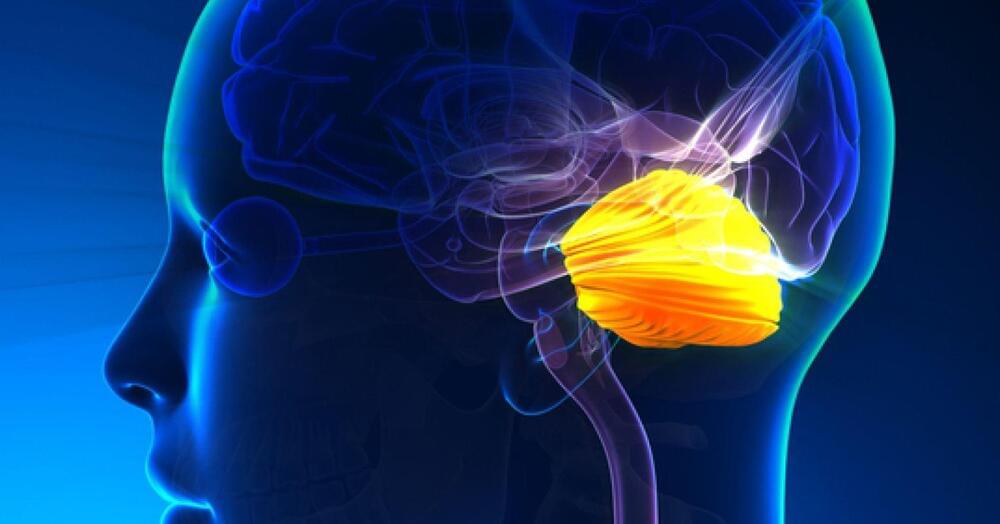

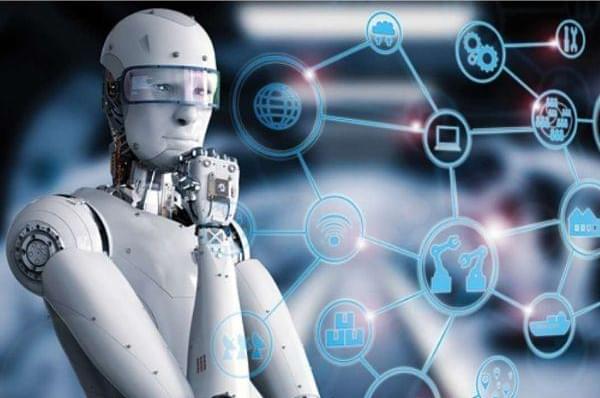
One structure on the dwarf planet Ceres made big news but there is a hitch. It seems that the square-shaped form inside a larger triangle, located in a crater. Everyone else saw it, but the use of artificial intelligence might be a square peg not fitting a round hole. This remark by a Spanish neuropsychologist is questioning the veracity of depending on AI, which might be unsound by SETI.
Ceres is located in the main asteroid belt, a dwarf planet, and the biggest object too. One of its craters, Occator had bright lights which lead to several ideas of what it was. NASA sent the Dawn probe to go close enough to capture visual evidence of what these lights were and solve the mystery. These lights were from volcanic ice and salt eruptions, nothing more.
It gets more interesting as researchers based in the University of Cadiz (Spain) have examined images of these spots. Areas like them are called Vinalia Faculae, in an area where geometric contours are very evident for observers. It now serves as a template to compare how machines and humans perceive images on planetary surfaces in general. Tests like these will show artificial intelligence can see technosignatures of other lifeforms besides human-civilization.
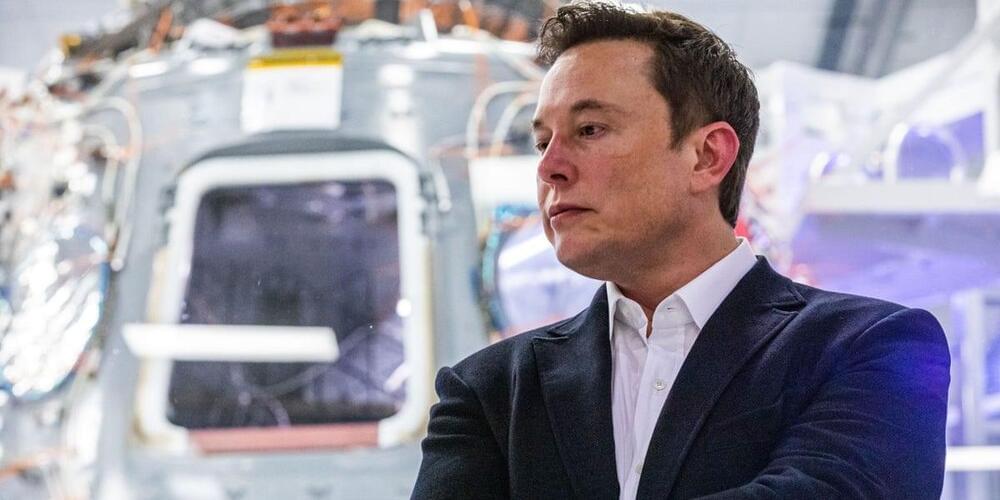
In a new interview with Bloomberg, Sweeney said Musk blocked all social media accounts connected to Sweeney on Sunday night. “You know, it’s kinda strange, he wants it down and seems like he’s really mad,” Sweeney told Bloomberg.
Sweeney told Insider last week Musk had introduced some measures he himself had recommended during their Twitter conversation, which make it harder to track the jet.
Harder, Sweeney said, but not impossible. “I just have to work around it,” Sweeney told Insider.
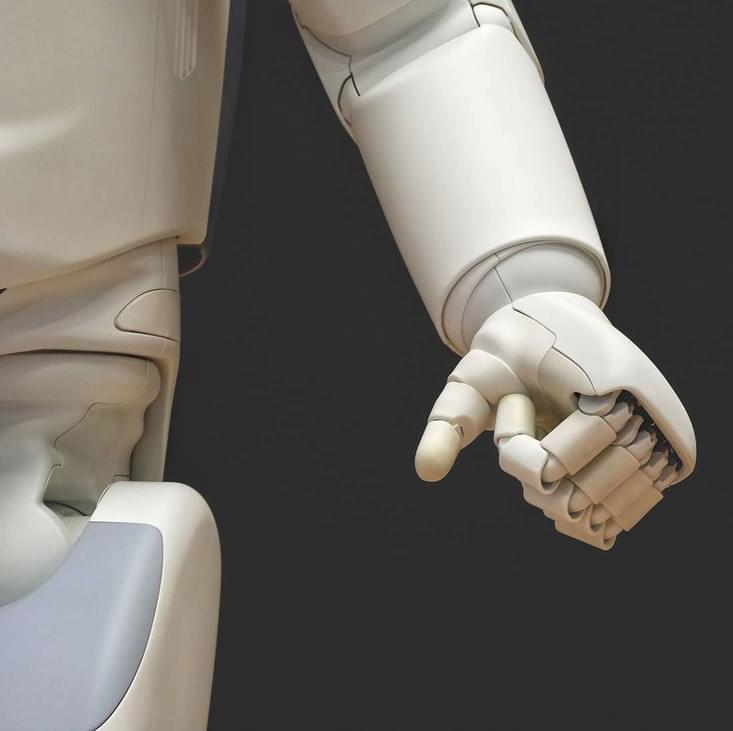
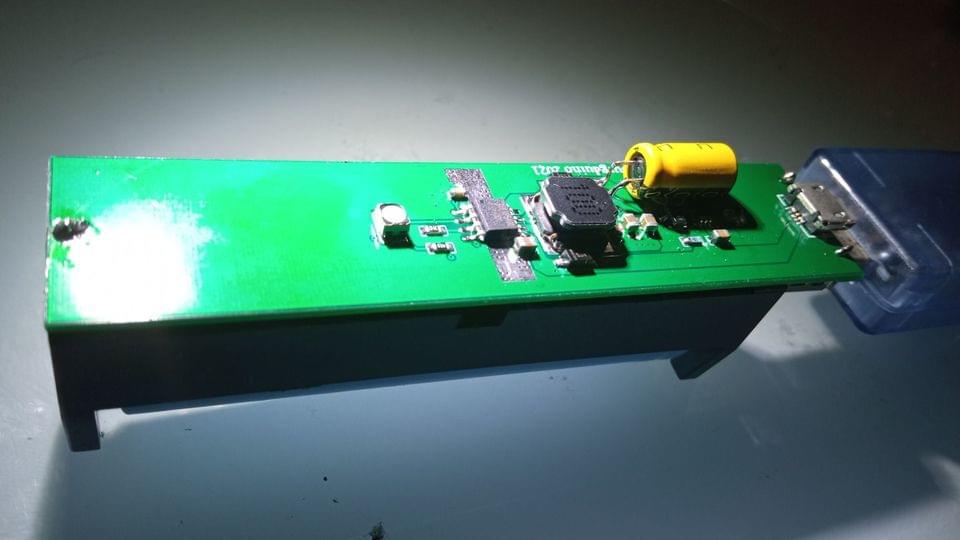
Often, we need to power a 5V-craving project of ours on the go. So did [Burgduino], and, unhappy with solutions available, designed their own 5V UPS! It takes a cheap powerbank design and augments it with a few parts vital for its UPS purposes.
You might be tempted to reach for a powerbank when facing such a problem, but most of them have a fatal flaw, and you can’t easily tell a flawed one apart from a functioning one before you buy it. This flaw is lack of load sharing – ability to continue powering the output when a charger is inserted. Most store-bought powerbanks just shut the output off, which precludes a project running 24/7 without powering it down, and can cause adverse consequences when something like a Raspberry Pi is involved.
Understandably, [Burgduino] wasn’t okay with that. Their UPS is based on the TP5400, a combined LiIon charging and boost chip, used a lot in simple powerbanks, but not capable of load sharing. For that, an extra LM66100 chip – an “ideal diode” controller is used. You might scoff at it being a Texas Instruments part, but it does seem to be widely available and only a tad more expensive than the TP5400 itself! The design is open hardware, with PCB files available on EasyEDA and the BOM clearly laid out for easy LCSC ordering.
Cam & Dowel Jig is a collection of preset jigs and various tools that are designed to help guide users through designing and constructing their own bespoke furniture.
If you didn’t pick up woodworking as a hobby during the quarantine, chances are you at least tried. In a perfect world, we’d have the know-how to pick up some tools, some pieces of wood, and design our living rooms with our own collection of bespoke furniture. Alas, this is no perfect world so we’ll need some shortcuts. Luckily, David Needham of Kingfisher Design Studio has us covered with an intuitive tool kit designed to streamline bespoke, DIY furniture-building projects.
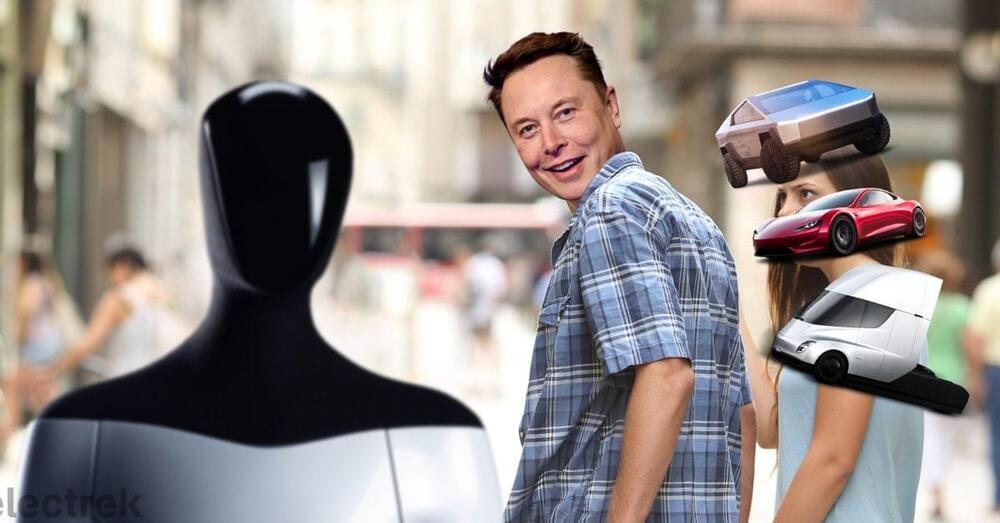
Elon Musk announced that Tesla is going to be shifting its product development to make Tesla Bot, a humanoid robot also known as Optimus, a priority in 2022.
This is quite a surprising change of strategy.
When Tesla Bot was announced, Musk presented the project as something Tesla could do by leveraging existing work and parts from the development of self-driving technology, and if they don’t do it, someone else will, and they might not do it as well or as safely as Tesla can.
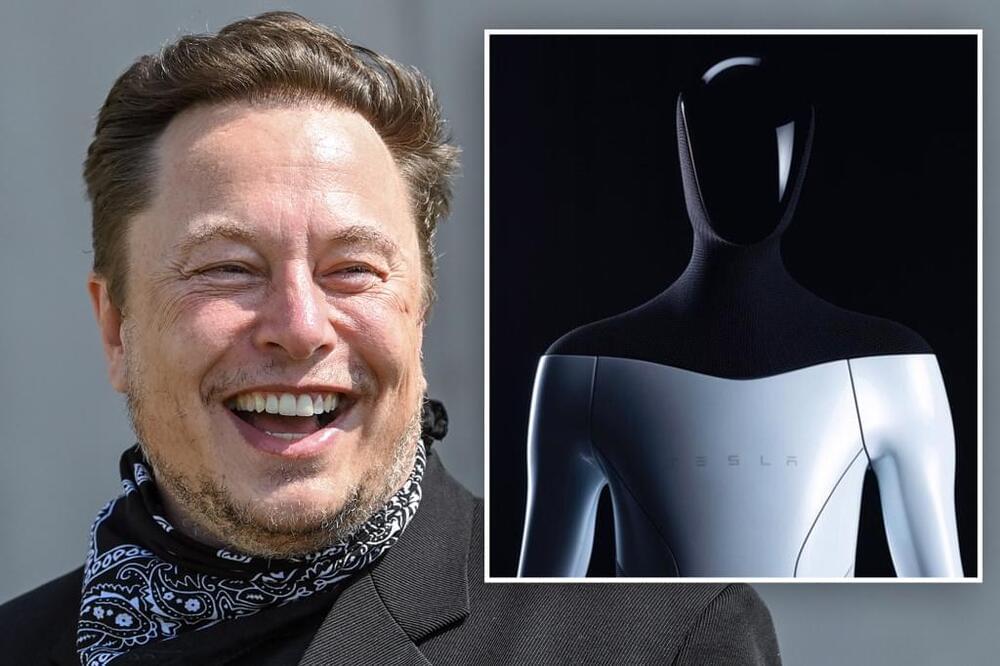
Elon Musk recently said that Tesla’s humanoid robo t project is the “most important product development we’re doing this year.”
On Wednesday, during Tesla’s earnings call, Musk said Tesla’s humanoid robot has the potential to be more significant than the vehicle business over time’ and it is the most important product development they are doing in 2022. Musk introduced the concept of Tesla’s humanoid robot back in August, 2021 during Tesla’s AI event.
Tesla’s humanoid robot aka Tesla Bot is a 5-foot-8-inch and 125-pounds robot aims to do the dangerous, repetitive, physical tasks in the future. Elon Musk joked that Tesla Bot will be friendly and also mentioned that it will be built from lightweight materials.
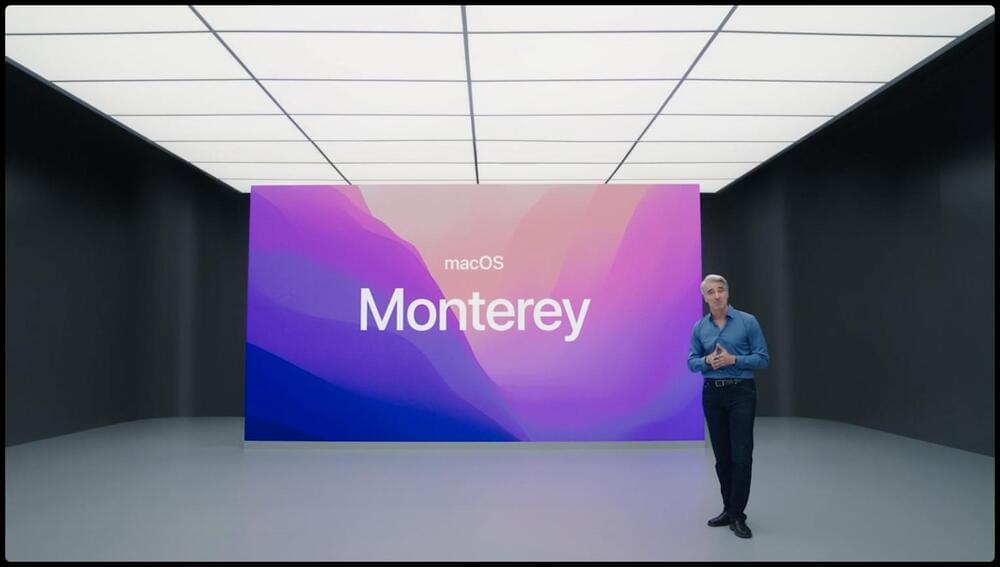
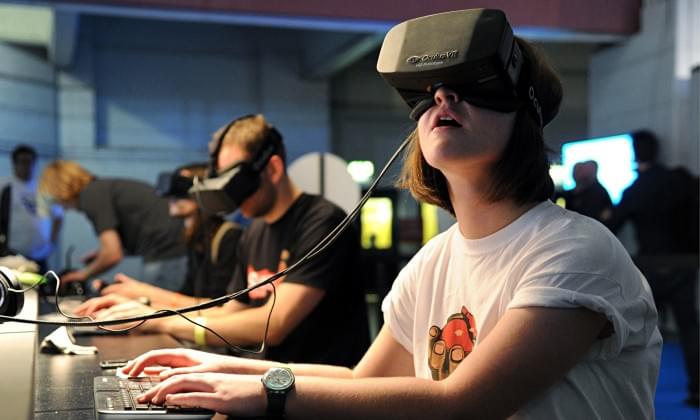
At Apple’s World Wide Developer Conference today, the company made a major shift in their embrace of virtual reality with several new VR announcements during the event’s opening keynote.
Though well loved, Apple’s computer lineup got somewhat left in the dust at the launch of the Rift and Vive, both of which had hardware requirements that exceeded what Apple had on offer. To that end, the company largely steered clear of talking about VR publicly.
Today marks a major shift in Apple’s public support for virtual reality. VR was a recurrent theme throughout the keynote today, highlighting their belief in the importance of the medium. Here’s an overview of everything they announced: